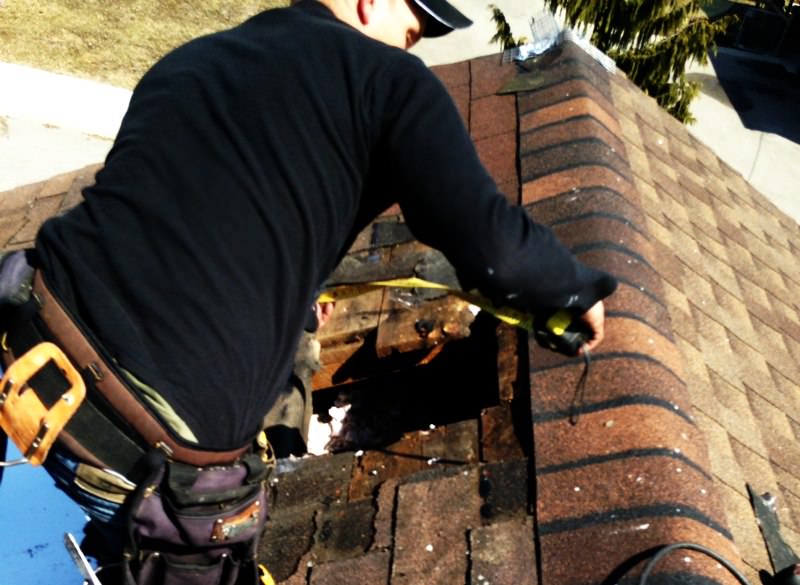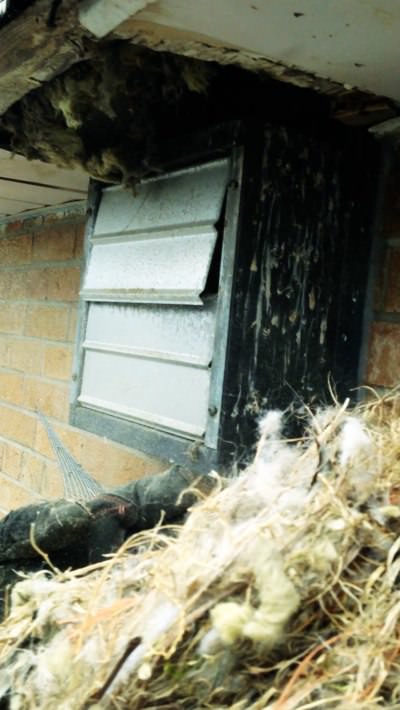Why Home Owners Should Seek Wildlife Intrusion Prevention Before Problems Start

This is an example of what a wildlife inspection yielded. You can image the damage found in the attic and to the integrity of the home.
People who own their homes put a special kind of pride into them. They understand the value of a dollar and they don’t want to see it’s value go down through problems that can be avoided. One of the major but avoidable problems home owners eventually experience is the problem of wildlife intrusion.
When it comes to wildlife problems there are two areas home owners have to consider; the first is the health and safety of everyone in your home and the second is the value of your home. A home that is susceptible to diseases which can be transmitted through wildlife is, simply put, not a safe place to live.
It’s the same result when it comes to home damage; a home that has all sorts of structural and integral damage won’t be valued as high as it could be when it comes to selling, and in the end the costs to repair the damage can exceed the cost of getting wildlife removed preemptively. If you take a close look at both problems, they can be found to easily overlap too!
The 4 steps to animal control
Wildlife and animal control is done in 4 steps which are the inspection, the removal of the animal, the damage repairs and the prevention. If a home owner goes for an inspection, chances are the removal company will find potential entry points and that’s where the prevention will come into play. A home owner can wait for the problem to arise or they can nip the problem in the bud before it happens. The latter is an air-tight way of ensuring wildlife don’t get in and that they don’t experience the following problems.
Safety first
Certain species of wildlife can carry diseases that can be transmitted to humans. Raccoons can carry Baylisascaris, bats can spread White Nose Syndrome, mice can transmit Hantavirus and squirrels can pass dangerous ticks and fleas to the unsuspecting. Among these diseases, most wildlife can carry the deadly rabies virus. No one wants to contend with any of these diseases and that is why, when it comes to animal control, safety has to always be at the forefront of your decision making processes.
The value of your home is jeopardized
Read the following scenarios carefully, and you’ll understand why harbouring wild animals puts the value of your home at stake.
If you one day decide to sell your home with an existing or previous wildlife issue, and you don’t disclose this information to them, the new home owner could potentially end up taking you to court to pay for any number of new damages the home has incurred. If you do disclose the damage and repairs that were needed to the potential home buyer, the price of your home can be further negotiated or downgraded. When people purchase a home they want assurance that it’s safe from among other things, wildlife entries and potential damage. The way to ensure your home is protected is through implementing precision prevention methods of which when applied by a professional wildlife control company, halt all wild animals in their tracks.
Getting the inspection and setting up prevention

When left alone, wild animals can be expected to destroy all sorts of things on your roof and in your attic.
First is the wildlife inspection
An inspection of your home for wildlife won’t always yield evidence of a problem but a large portion of inspections do yield evidence of the need for prevention. Home builders aren’t perfect, and they aren’t always 100% accurate and diligent with their work.
These seemingly minor anomalies (that most home owners just come to accept as a part of the home buying process) can result in openings, cracks and holes that make it easy for wild animals to pry their way into.
Small cracks in the mortar, tiny openings in the home’s structure, gaps between the soffit; all these areas and much more are potential entry points for wild animals and a wildlife inspection is the only way to point you in the right direction as to how susceptible your home is to intrusions.
Knowledge is power, and knowing where your home stands before a wildlife problem arises is the best action you can take to preserve the value of your home.
Then the wildlife entry prevention
Once the inspection is finished and, if significant intrusion potential is detected, entry prevention measures will be taken. Your animal control specialist will present you with a report on their findings and their prevention recommendations.
Note that each home is unique and the threat level is different for each situation.
You will be made aware of exactly what wildlife problems you have and what work needs to be done. From there you can rest assured that your attic isn’t the home to a family of mice or bats and that you won’t wake up to a raccoon in your living room!
Installing drip edge is a powerful prevention method
Most wildlife control companies will recommend and install drip edge as a preemptive measure for keeping out wildlife. Drip edge is installed just under and all along the edge of the roof-line. It’s one of the most powerful and effective deterrents in wildlife prevention and it also contributes to preventing water damage and flooding too.
If you opt for having drip edge installed across your roofline, you will be guaranteed that no wildlife will damage that part of your roof usually for up to ten years or longer.
Where do you begin?
Contact your local wildlife control company; make sure they’re accredited, and read their reviews. From there tell them you’d like an inspection. They’ll set up an appointment with you (of which you don’t need to be present for) and they’ll begin the process.
The preemptive inspection and prevention method is the only way to ensure your safety and the value of your home in the future when it comes to potential wildlife problem.